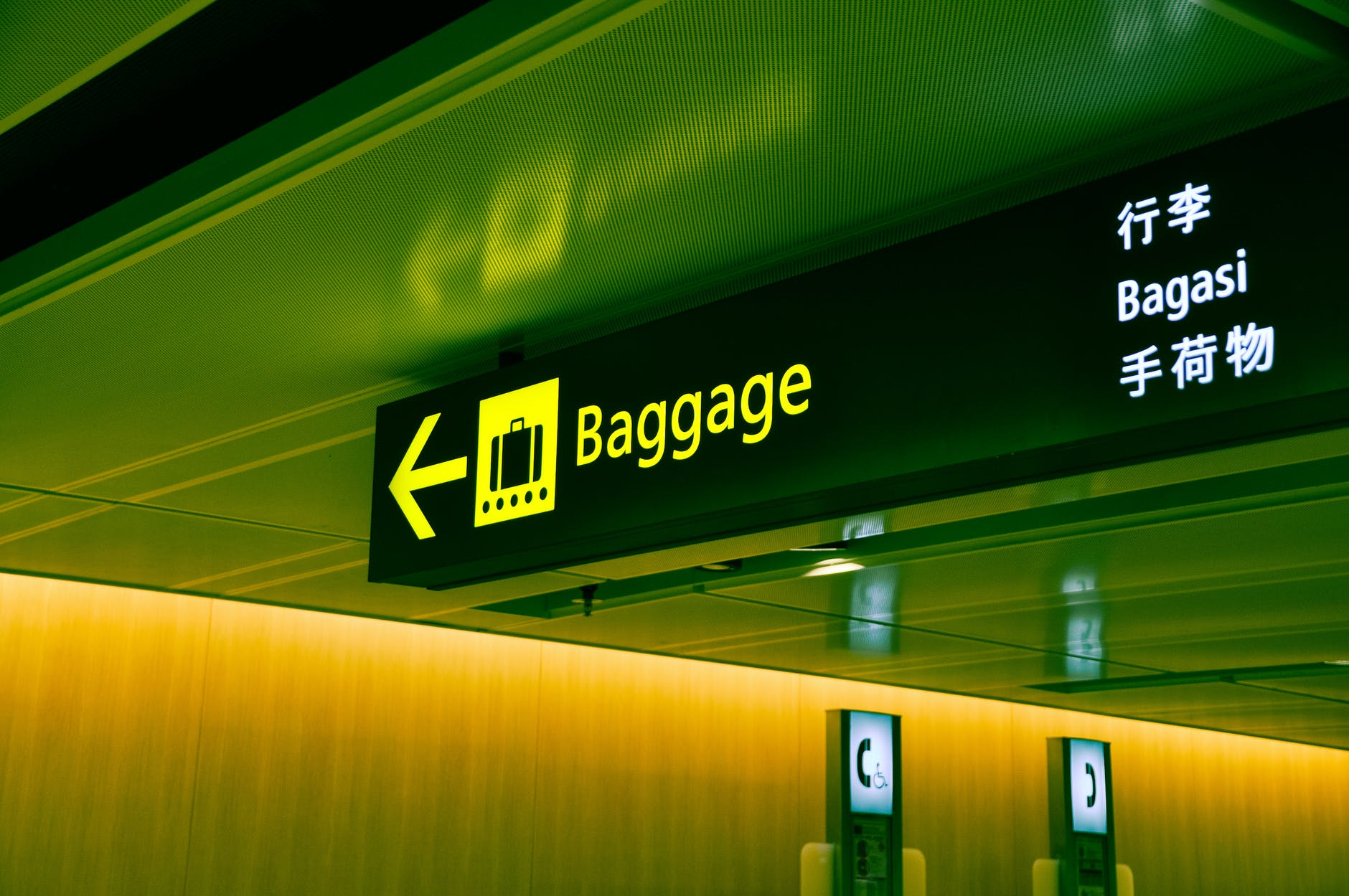Understanding that localization is vital for driving sales from new international markets, and it is the initial move towards executing your company’s global development strategy. This is typically trailed by putting resources into localization to translate your website content and expand your reach. Now that you’ve focused on building a global presence for your brand, you need to learn the best way to translate a website.

Organizations launching in new international markets need to select the right method of website translation to ensure 100% of their site is available in the language of their new customers. There are a range of options accessible to you regarding strategies and innovations for solving your problems regarding translation depending on a number of factors such as speed to launch, accuracy and continuous website translation management.
Whether you are simply starting the search for the best website innovation for your translation needs or want to learn more about the pros and cons of various options, then, we’ve assembled a list to assist you with a better understanding of your choices in translation management software.
Weglot – a leading website translation tool
Weglot is a no-code website translation software that allows anyone to launch a multilingual website instantly, with no development efforts required. It both translates and displays the content of your website without the need to manage multiple websites for multiple markets.
Manage the translation of a website translation project in hours, not months, with the first layer of machine translation for speed and automation. Then, utilize Weglot’s post-editing features to control the quality of your translations.
Easily collaborate with teammates, request professional translators from the Weglot Dashboard, or add your own translation team.
Complete the website translation process by translating beyond the words on your website, including images, metadata, and content coming from beyond your website (for example, a review app).
Weglot is fueling 60,000+ multilingual websites around the world. A portion of its clients incorporate Microsoft, Spotify, Steve Madden, Murad, Crabtree and Evelyn, and Volcom.
Some Of Its Features:
• An instantly multilingual website without duplicate websites.
• Weglot detects, translates, and displays the content of your website, displaying it under languagesubdirectories/subdomains
• Combines automatic and human translation, with complete post-editing control of translations
• Multilingual SEO ready, with automatically added hreflang tags and translated metadata.
Machine Translation (MT)
Pro: Minimal expense.
Machine Translation is a device that translates your substance at scale utilizing “machines” like Google Translate. Machine Translation is, in many cases, a feature that is integrated into localization platforms.
Con: Inaccurate and off-brand translations.
While utilizing MT is fast and mostly free, it still causes multiple manual processes to be required. This is because you willl be the one copying and pasting your content into the machine and then pasting them back into your CMS.
You will then need to decide how to display these translations and if you want to make manual edits to any off-brand translations, you will need to send these to a professional translator.
Crowdsourcing
Pro: Savvy and accurate.
Crowdsourcing engages and leverages active clients to assist with giving translations to website and app content, as required.
Con: Wasteful and conflicting quality.
While this strategy may minimize expenses, it tends to be time-consuming to manage dozens of local individuals translating.
Quality can also suffer since you will be using different people to translate so it will be hard to keep the consistency across the board.
Additionally, companies may observe that the tone and style of their content are conflicting because of the significant number of individuals dealing with the task.
Translation Agencies
Pro: Great translations.
Translation agencies utilize professional translators who typically hold a degree in translation studies, phonetics, or a similar field. And they have the skill to give top-notch translations.
Con: Costly and requires broad reviewing.
Before choosing an agency to work with, it is essential to examine their expertise to guarantee they align with your translation and localization goals. You will probably be putting resources into a translation management framework (TMS) as you scale your global endeavours.
To assure you select the right translation agency, you want a partner that supplements the advantages of a TMS.
Using professional translation on 100% of your website is also the most expensive way to translate a site, it also does not solve the problem of then displaying that content, so you will still need to reserve significant budget for that aspect too.
Conclusion:
We have shown you several ways to translate your website. The option you choose needs to fit your budget and your timing constraints, and most of all scale with any future translations you will inveitably need in the future. Website translation isn’t a one off task.


